Month: March 2015
-
How to Check Tire Pressure
Inflating and maintaining proper tire pressure ensures safer, more comfortable driving and better fuel efficiency. Particularly in times of high gas prices; in inclement driving conditions such as heavy rain, snow, or ice; and in vehicles of all sizes, tire pressure can make a major difference in driving, wherever you are. Given the importance of…
-
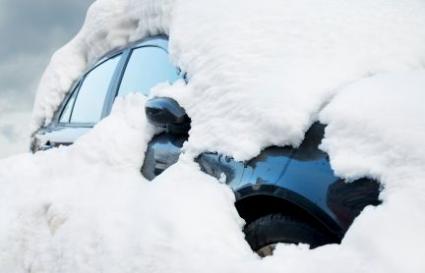
How to Care for Your Car’s Engine in Winter
Solve your engine problems before winter. If you live in a cold climate, it can be helpful to know how to care for your car’s engine in winter. Even in warmer climates, winter changes in humidity and temperature can mean specific maintenance requirements for your car. Follow these guidelines to get the best performance out…
-

How to Buff Clear Coat
Clear coat buffing like a pro. Steps 1. If clear coat finish is new, wait a day or so to let the clear harden somewhat. At this point, if you see “orange peel” or “trash” on the surface, wet sand with 1000 or 1200 grit wet or dries automotive grade sandpaper. This will smooth out…
-

How to Break in a New Car
There are plenty of ways to break in your new car. Some of them are the right way. It’s a thing of beauty: A brand-new car, shiny and crisp. It makes you want to spend the whole evening walking around it. Pretty soon, the neighbors wander over to congratulate you—and to render advice. Break it…
-
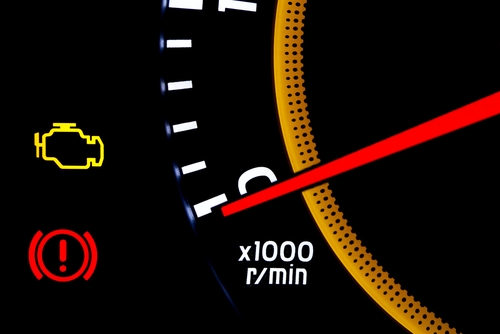
How to Avoid Transmission Issues with a Used Car
Automatic transmissions are expensive to replace, so they should always be inspected while shopping for a new ride. There are some early warning signs that might indicate if a car’s automatic transmission is beginning to fail; further, it is always wise to take your potential purchase out for a test drive to make sure everything…
-
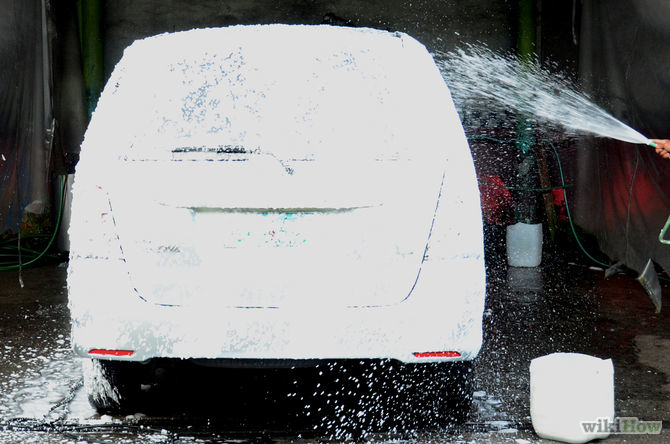
How to Avoid Ruining Paint on a Car
Along with the performance of a car, the interior and exterior of it needs to be maintained for a longer lasting life. Steps 1. Wash and wax the car regularly. This is very important because e.g bird poo, dirt and grime can cause a reaction in your paint from the acids. This will overtime cause…
-
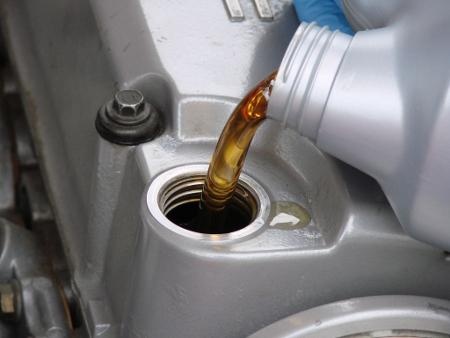
How Often You Should Change Your Oil?
Dirty oil just doesn’t do the job as well as fresh oil does. The additives in dirty oil boil out, contaminants form in the crankcase and eat metal parts, and water collects over time and forms sludge. The oil holds more and more abrasive particles of metal suspended in it, and these particles wear away…
-

How often do you really need to change motor oil?
Do you change your oil every 3,000 miles? The majority of drivers on the road have been bombarded by advertising that recommends changing their car’s oil every 3,000 miles, but the truth is that interval is no longer really necessary. Yes, engine oil does get dirty, and when that happens, it can clog engine parts,…
-

How long does a car’s air filter last?
Any engine that runs by internal combustion of fuel requires air to operate. That’s because without air, specifically, oxygen, fuels like gasoline and diesel can’t burn and provide the explosive force to power the engine. The trick is, not just any old air will do. In modern automobiles, the air must be cleaned before it…
-
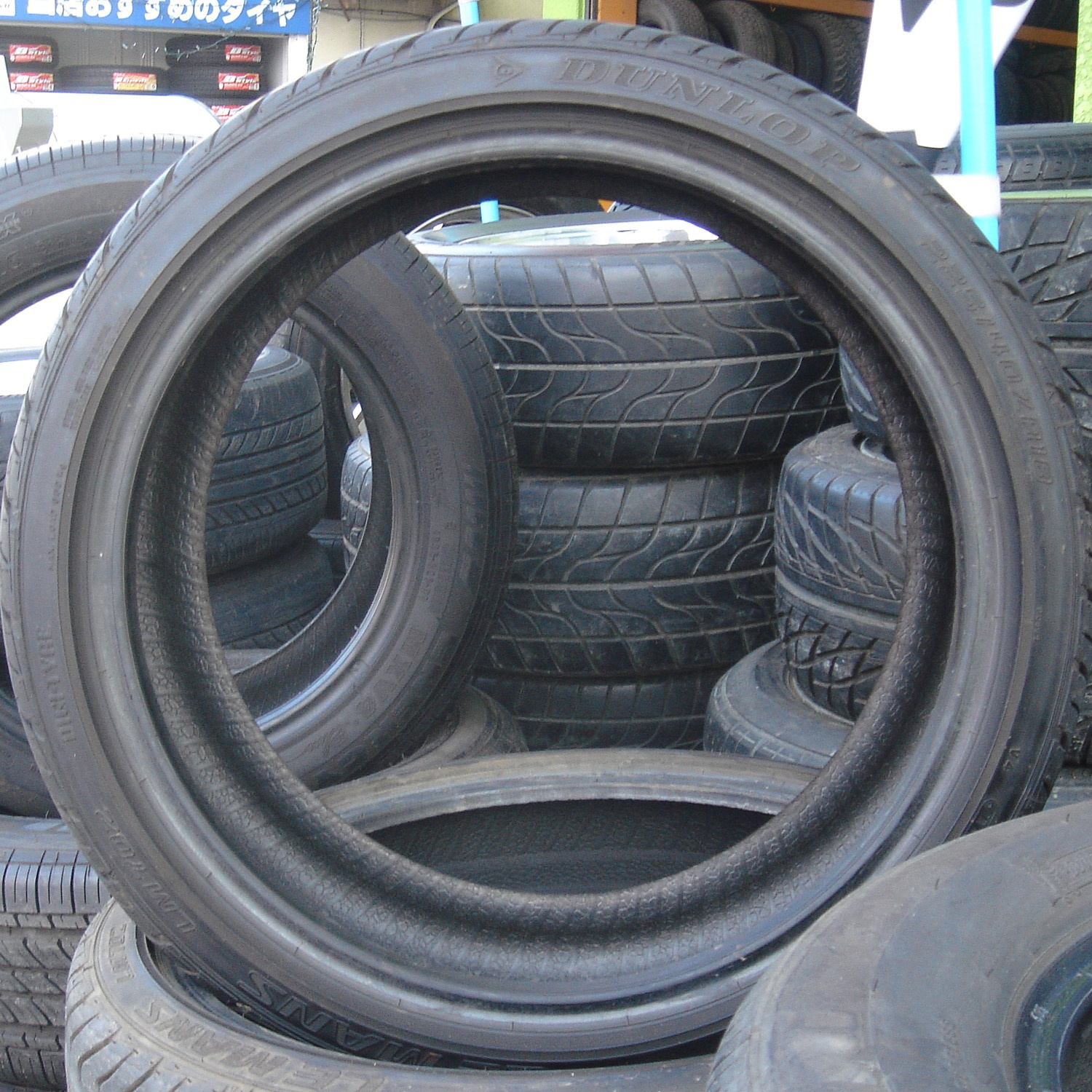
How to Prolong the Life of Your Car Tires?
Would you like a way to save a few hundred bucks a year on car-related expenses, with no cash out of your pocket? Just keep your tires inflated at the recommended pressure. It’s estimated that correct tire inflation can result in a 3.3 percent increase in fuel efficiency. According to some sources, that’s good for…
